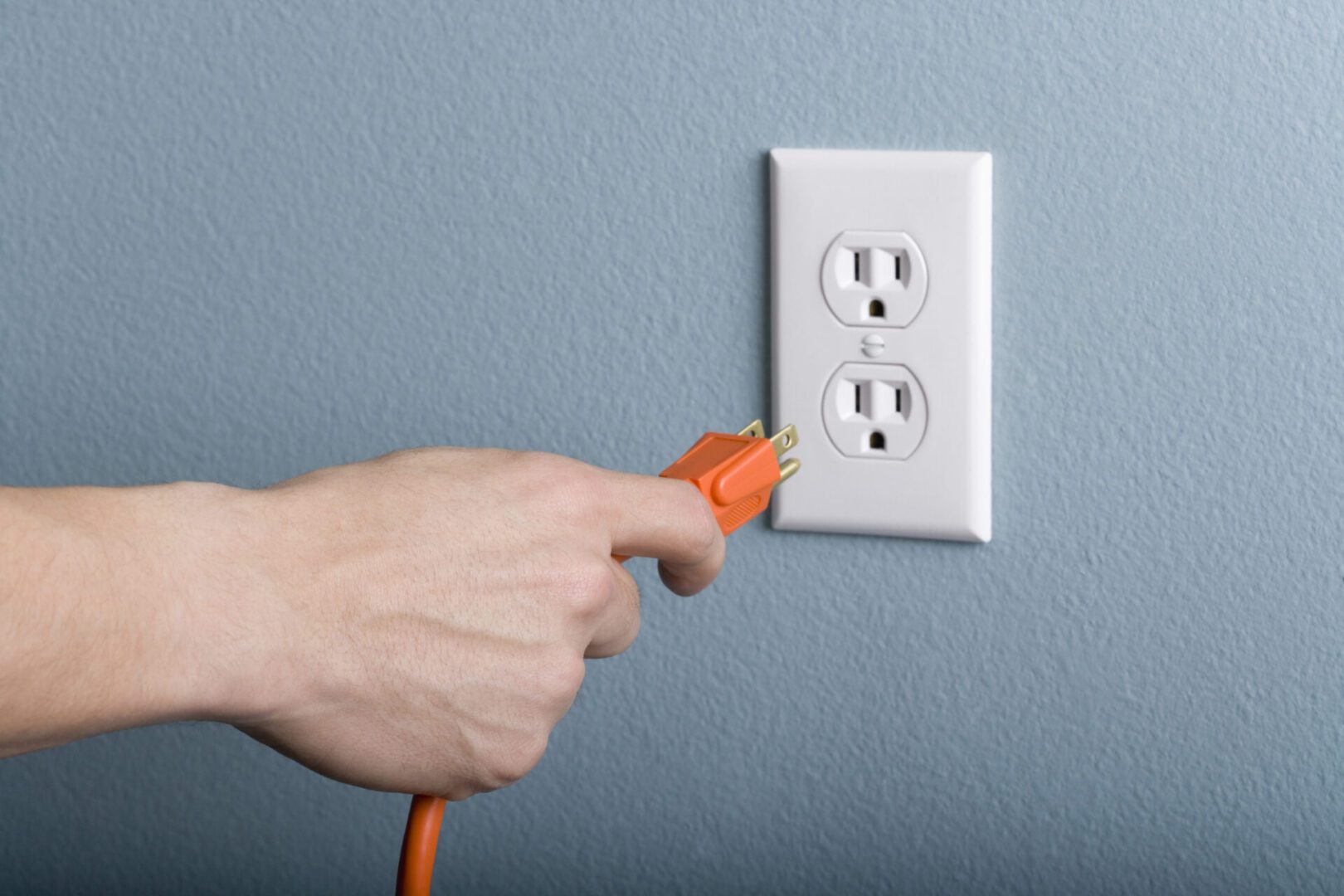Reaching for safety: How to properly use extension cords

Extension cords are a convenient way to direct power to devices when their cords cannot reach the outlet. When used improperly, however, extension cords easily become a significant health hazard. According to the U.S. Consumer Product Safety Commission (CPSO), electric extension cords are responsible for about 4,000 injuries every year. These injuries range from fractures due to tripping over cords to electric shocks. Read the guidelines below to understand how to safely use extension cords both at home and in the office.
Do not string extension cords together
“Daisy-chaining” your extension cords can result in electrical fire. Instead, carefully measure your space and purchase cords that are already long enough for your needs.
Never use an extension cord on a space heater
This winter, you might use a space heater to quickly warm up your home or office. However, keep in mind that extension cords should never be used on any portable heating unit, as it could catch fire. Rather, always plug your space heater directly into a wall outlet and unplug it when not in use.
Keep extension cords away from high foot-traffic areas
Extension cords are a common cause of trip and fall accidents. An easy fix is to remove extension cords from walkways and other high traffic areas. However, if the extension cord cannot be moved, use brightly colored tape to secure the entire length of the cord to the floor and maximize visibility.
Inspect cords prior to use
Regularly check your extension cords for nicks, cracks and frays. If the cord is damaged in any way, throw it out immediately. Do not attempt to repair the cord yourself, as touching an exposed strand can cause a painful electric shock.
Check your cord’s power rating
Extension cords are rated based on the American Wire Gauge (AWG) system. As a rule of thumb, the lower the AWG number, the thicker and more powerful the cord. Using an incompatible extension cord on a machine will cause the cord to heat up, leading to melted outlets and damaged equipment. Before purchasing an extension cord, first identify the gauge of the device it will be used on. This number is typically engraved directly on the machine’s original power cord. Once you have the gauge, choose an extension cord that is at least one gauge lower. Because lower gauge cords have a higher power delivery, this will ensure that your extension cord is able to provide adequate power without overheating.
Pull the plug—not the cable!
When unplugging your extension cord, grab it by the base of the plug and carefully disconnect it from the outlet. Pulling it out by the cable puts unnecessary strain on your extension cord, causing premature deterioration. When storing extension cords, put them in a dry place and use cord wraps to prevent tangling. Remember that extension cords are intended for temporary use only. As a rule, extension cords should not be used for longer than 90 days. If you need a more long-term solution, install additional electrical outlets or switch to an outlet strip with surge protection. Because repeated extension cord usage leads to an increased fire risk, we also recommend reaching out to an independent insurance agent to ensure you are properly covered for fire damage and other extension-cord related incidents.